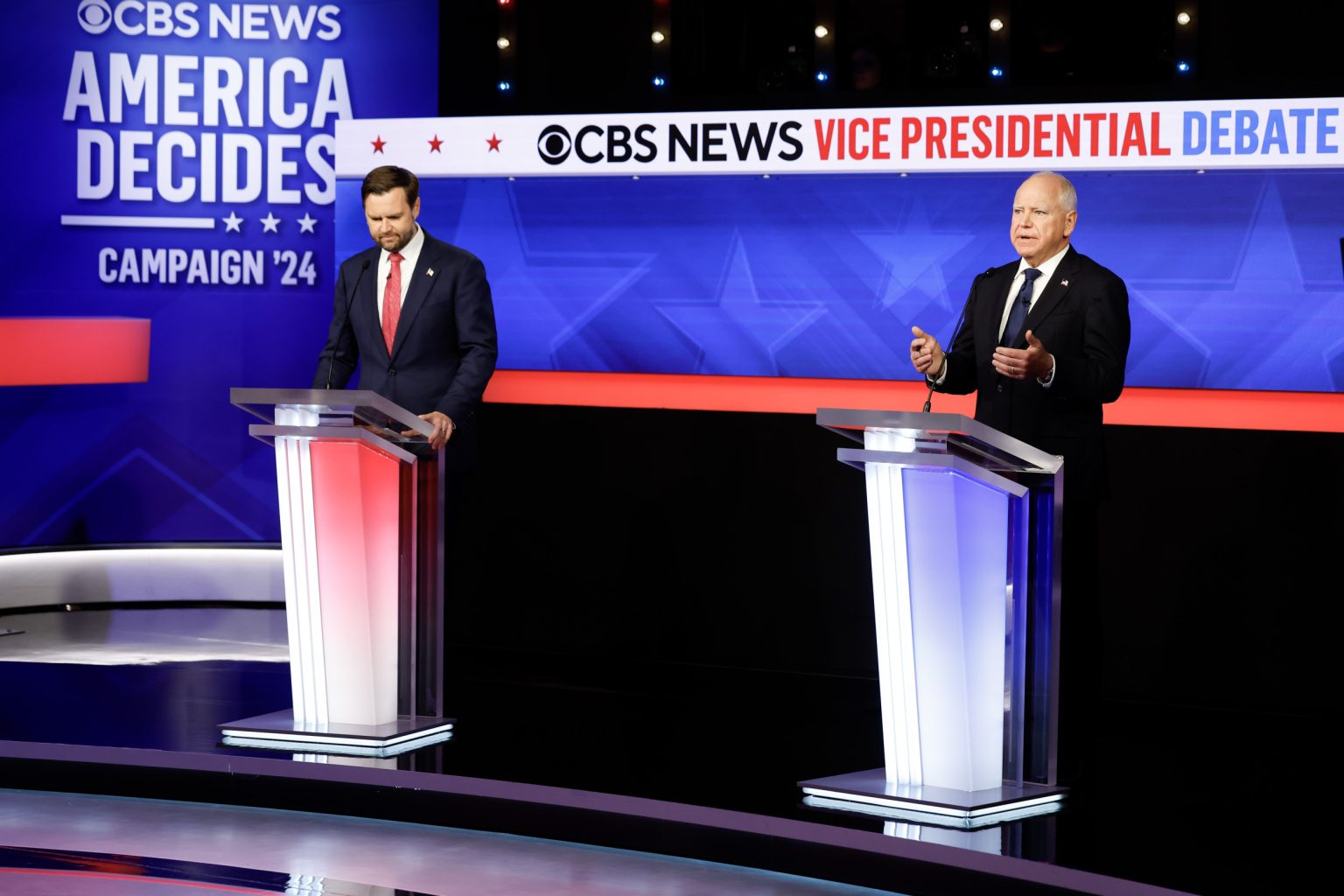In a vice presidential debate between JD Vance and Tim Walz, the focus was on healthcare, immigration, and the economy as both candidates presented their visions for the country to a national audience. The candidates engaged in a civil and policy-focused discussion, avoiding personal attacks. Vance and Walz expressed differing views on issues such as border security, trade policies, and housing but found common ground on some topics, including support for building more housing and government aid for childcare. While the debate remained relatively cordial, tensions rose at the end when discussing democracy and the events of January 6, 2021.
Vance, known for his conservative stance, stayed on message during the debate, highlighting his policies and personal experiences growing up poor in Appalachia. He projected a more polished image in an effort to appeal to moderates and avoid making any major gaffes that could jeopardize his ticket in November. Vance effectively tied his policies back to his difficult upbringing and experiences. By staying focused on the issues and resisting falling into traps set by Walz, Vance differentiated himself from Trump and his controversial debate performances against Harris.
During a discussion on Middle East policy, the escalating conflict between Iran and Israel threatened to shake up the race in an October surprise. Vance and Walz voiced support for Israel, with Vance defending Trump’s foreign policy as bringing peace through strength. Walz, on the other hand, criticized Trump for his handling of international crises. The candidates sparred over their approaches to foreign policy, with Vance positioning himself as a supporter of steady leadership and a peace-driven approach.
Vance utilized the debate to broadcast loyalty to former President Trump, who values loyalty above all else. Despite his past criticisms of Trump, Vance has become a prominent attack dog for the former president on the campaign trail. By praising Trump’s policies on border security, jobs, healthcare, and more, Vance catered to his audience of one and earned compliments from Trump on social media during the debate. Vance’s performance was applauded by Trump, who expressed pleasure with his defense of the administration’s record during the debate.
Walz, on the other hand, tacked towards the center during the debate in an effort to win over moderate and independent voters, particularly in swing states like Michigan, Pennsylvania, and Wisconsin. He highlighted the moderate parts of his and Harris’ platform, praising Harris for her support of an all-the-above energy policy and a bipartisan border bill. By emphasizing his Midwest background and bipartisan approach to issues like gun control, Walz aimed to appeal to centrist independents and never-Trump Republicans. His debate strategy aligns with Harris’ campaign goals of winning over swing voters in key battleground states.
Overall, the vice presidential debate between Vance and Walz provided a platform for the candidates to present their policy stances on key issues to a national audience. The relatively cordial and policy-focused discussion contrasted with the Harris-Trump debate, with both candidates avoiding personal attacks. Vance’s loyalty to Trump, Walz’s centrist appeal, and their contrasting views on foreign policy and domestic issues were highlights of the debate, offering voters insights into the candidates’ visions for the country.








